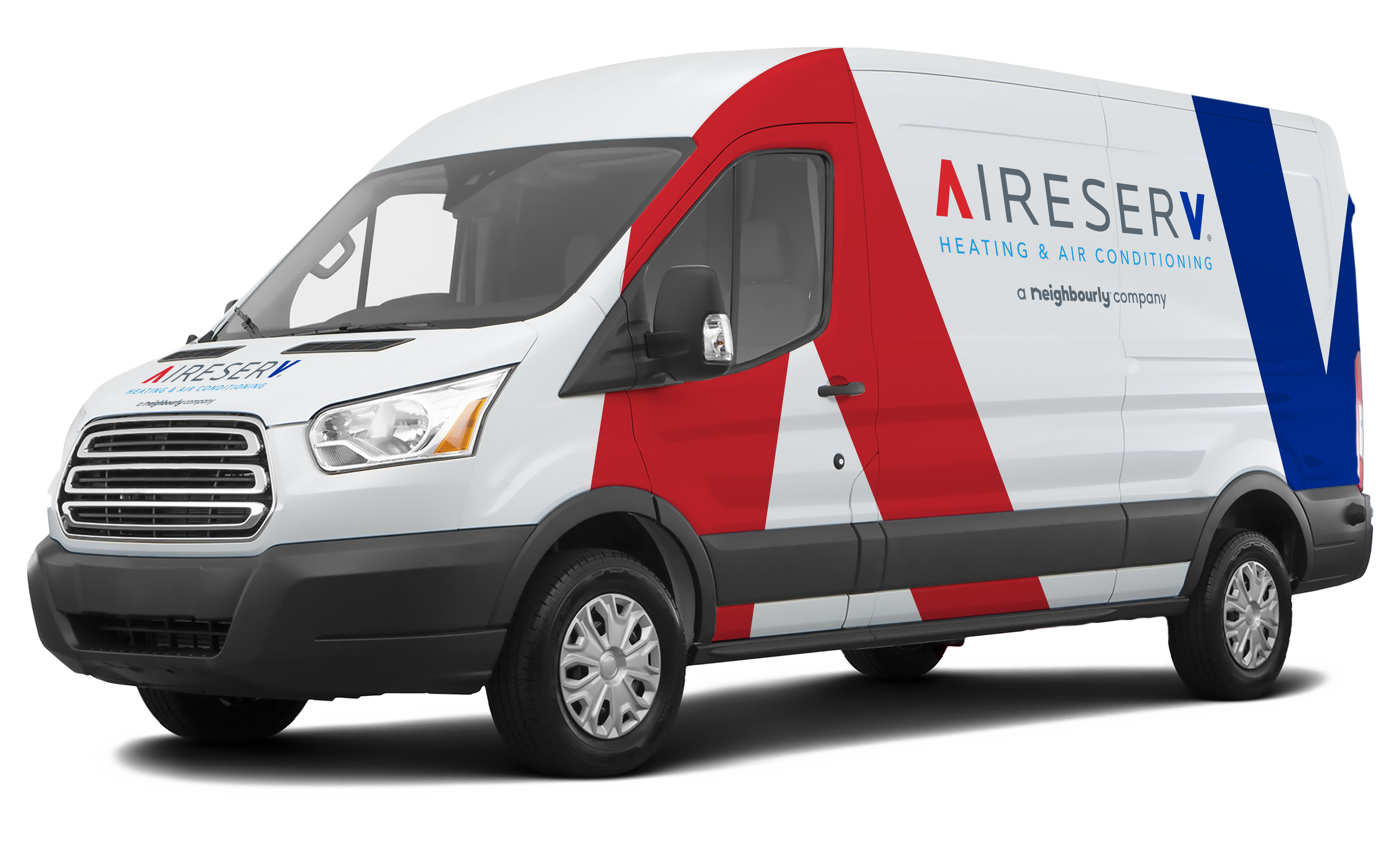Our Blog
Shared Resources for Your Home Needs
All Blogs
If you’re like most people, you haven’t given much thought to your home’s HVAC ducts. Though they’re important components of any home system, ducts are out of sight and usually o
Learn moreThe New Year is the ideal time for turning over a new leaf. The forward momentum of the calendar change spurs your motivation and offers an opportunity to make adjustme
Learn moreWe’re all a little more energy conscious these days. Whether you’re aiming to save money on your utility bills or help the planet stay a little greener, energ
Learn moreSelecting the ideal heating system for your house is no easy task. Some heaters have a lifespan of upwards of 20 years. Choose the wrong heater, and you may
Learn moreThe air we breathe inside our homes should be fresh, clean, and free of pollutants. Unfortunately, household pollutants are everywhere, even in the air we breathe. From the mat
Learn moreBlog Categories
Let Us Call You
Blog Categories
About Aire Serv

